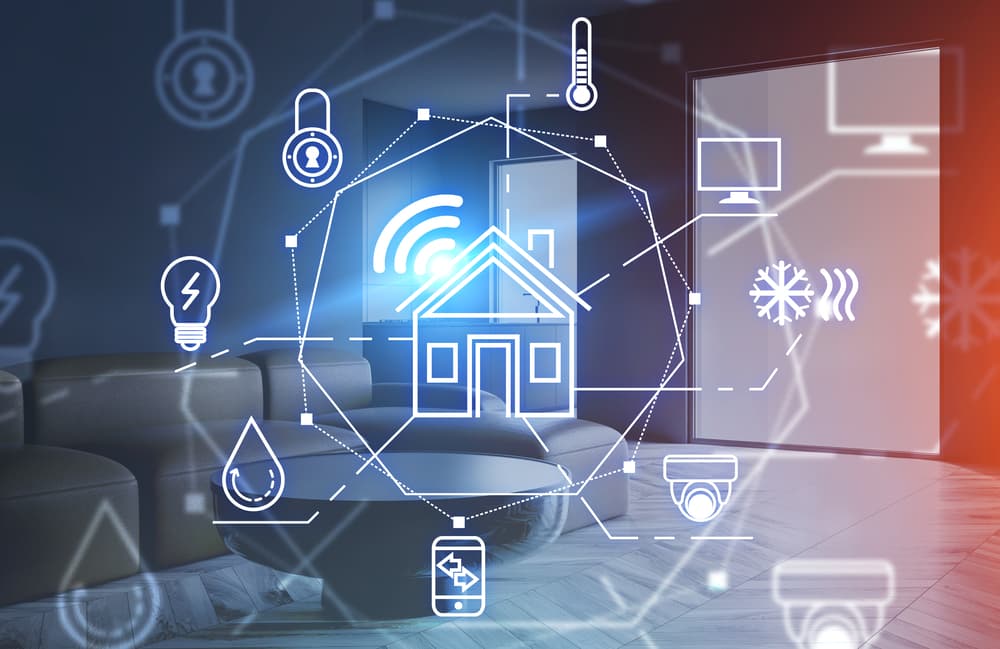
Green Smart Homes Around the World: A Tech Revolution
Share
As the world grapples with the impacts of climate change, the concept of green smart homes has gained traction across the globe. These homes are not just about sustainability; they are a fusion of technology and eco-friendliness, providing a glimpse into the future of living. For tech professionals and enthusiasts, understanding how these homes operate offers insights into the next generation of home automation and the potential for reducing our carbon footprint.
The evolution of green smart homes around the world is a testament to how technology can be harnessed to create sustainable living environments. By integrating IoT and smart technologies, these homes are designed to optimize energy consumption, reduce waste, and promote a healthier lifestyle. As we explore this fascinating world, we will uncover the technologies driving this revolution and how they are making a significant impact globally.

The Rise of Green Smart Home Technology
The journey towards green smart homes began with the integration of basic automation technologies. However, with advancements in IoT, AI, and machine learning, smart homes have evolved into sophisticated ecosystems. These homes utilize cutting-edge technologies to monitor energy usage, control lighting and temperature, and manage water consumption efficiently. For instance, the use of leak detectors with analytics dashboards has become a crucial component in preventing water wastage.
The adoption of renewable energy sources like solar panels and wind turbines has further propelled the growth of green smart homes. By integrating these technologies, homeowners can generate their own energy, reducing dependency on non-renewable resources. Smart meters and home automation systems play a pivotal role in optimizing energy consumption, providing homeowners with real-time data to make informed decisions.
Innovative Features of Green Smart Homes
One of the most appealing aspects of green smart homes around the world is their ability to adapt to the needs of the homeowner. Through the use of AI and machine learning, these homes can learn the habits and preferences of their inhabitants, adjusting settings automatically to enhance comfort and efficiency. For example, smart thermostats can analyze data to predict optimal temperatures, while water sensors with adhesive capabilities can detect leaks and alert homeowners immediately.
Moreover, the integration of smart appliances, such as refrigerators, ovens, and washing machines, allows for seamless connectivity and control. These appliances are designed to minimize energy consumption and maximize efficiency, aligning with the core principles of sustainability. Additionally, the use of sustainable materials in construction and design further enhances the eco-friendly aspects of these homes.
Global Impact and Future Prospects
The impact of green smart homes around the world extends beyond individual households. On a larger scale, these homes contribute to reducing the overall carbon footprint of cities and communities. By embracing sustainable practices, they set a precedent for future urban development and encourage governments to invest in green technologies.
The future of green smart homes appears promising, with continuous innovations in technology and design. As more countries recognize the importance of sustainability, the demand for these homes is expected to rise. Initiatives such as green home tech innovations and sustainable home designs are paving the way for a more sustainable future.
Challenges and Considerations
Despite the numerous benefits, the adoption of green smart homes is not without challenges. High initial costs, technological complexities, and the need for skilled professionals to manage and maintain these systems pose significant hurdles. However, as technology becomes more accessible and affordable, these challenges are expected to diminish over time.
For tech professionals and enthusiasts, staying informed about the latest trends and innovations in green smart home technology is crucial. As the demand for sustainable living solutions grows, so does the opportunity for innovation and development in this exciting field.

FAQ
What are green smart homes?
Green smart homes are residences that incorporate sustainable and smart technologies to optimize energy consumption, reduce waste, and promote eco-friendly living. They utilize IoT, AI, and machine learning to enhance efficiency and comfort.
How do green smart homes contribute to sustainability?
These homes reduce reliance on non-renewable energy sources by integrating renewable energy technologies such as solar panels and wind turbines. Smart systems also monitor and manage energy, water, and waste, minimizing environmental impact.
What technologies are commonly used in green smart homes?
Common technologies include smart thermostats, energy-efficient appliances, leak detectors, solar panels, and home automation systems. These technologies work together to create an efficient and sustainable living environment.
